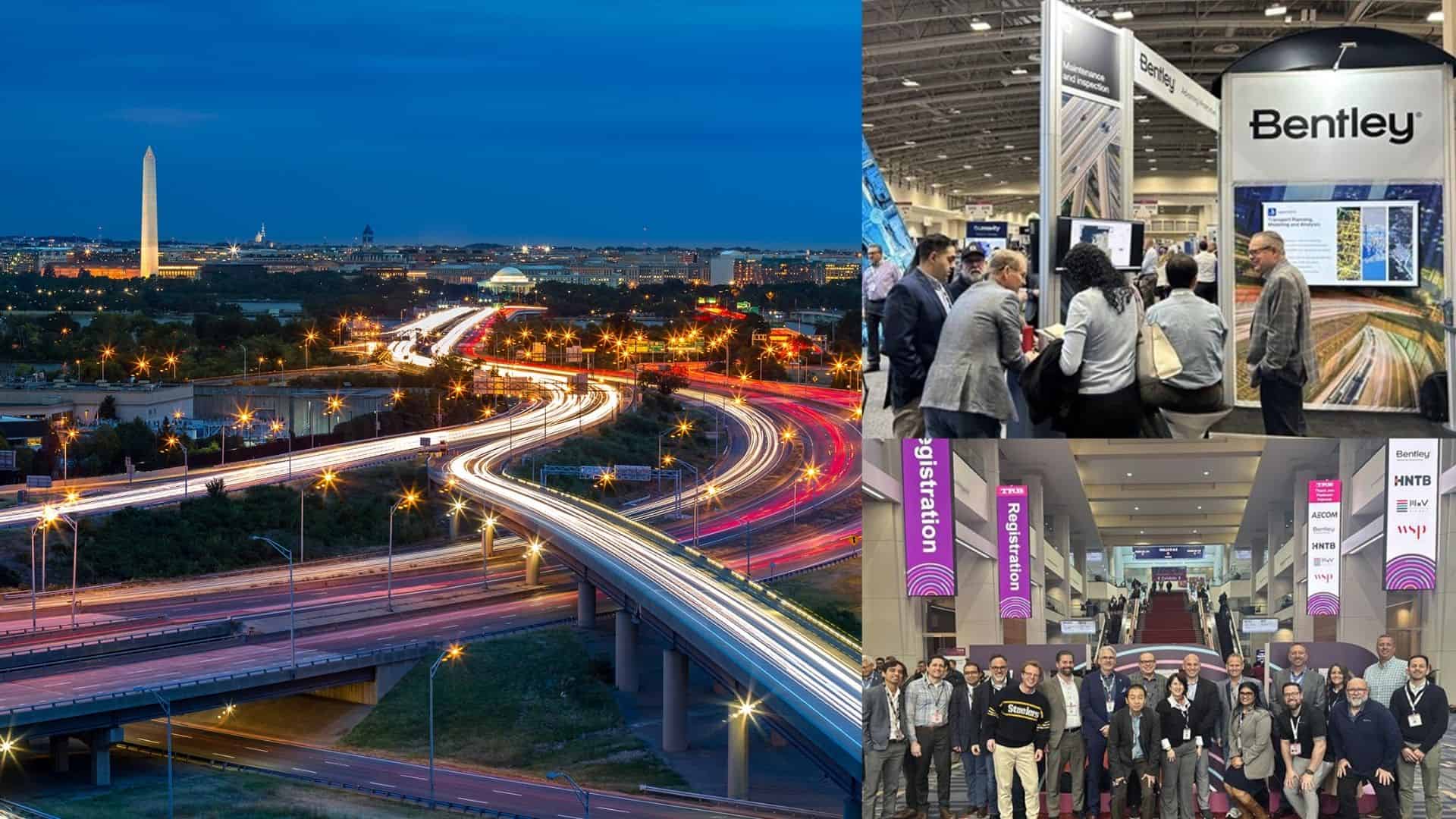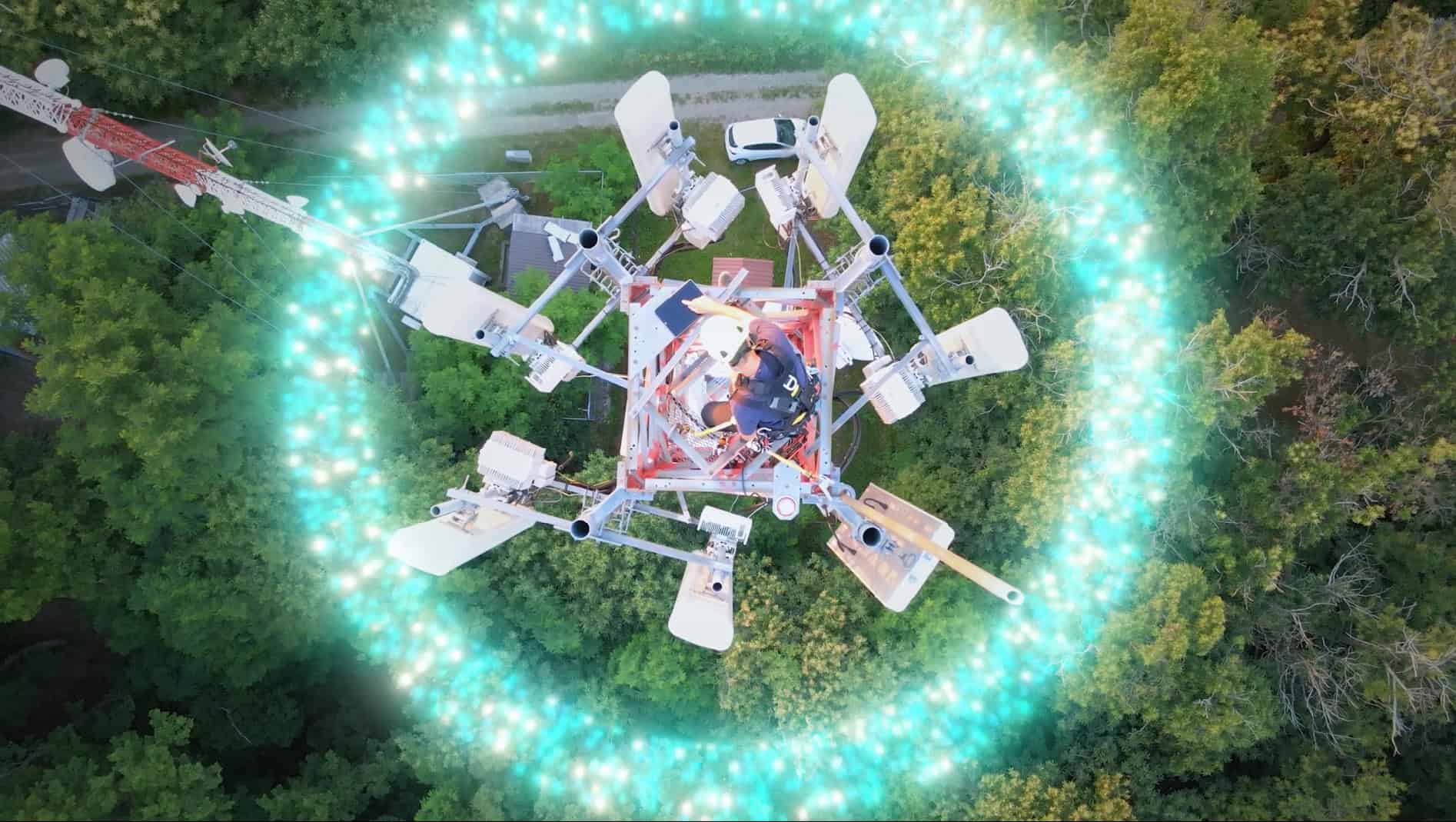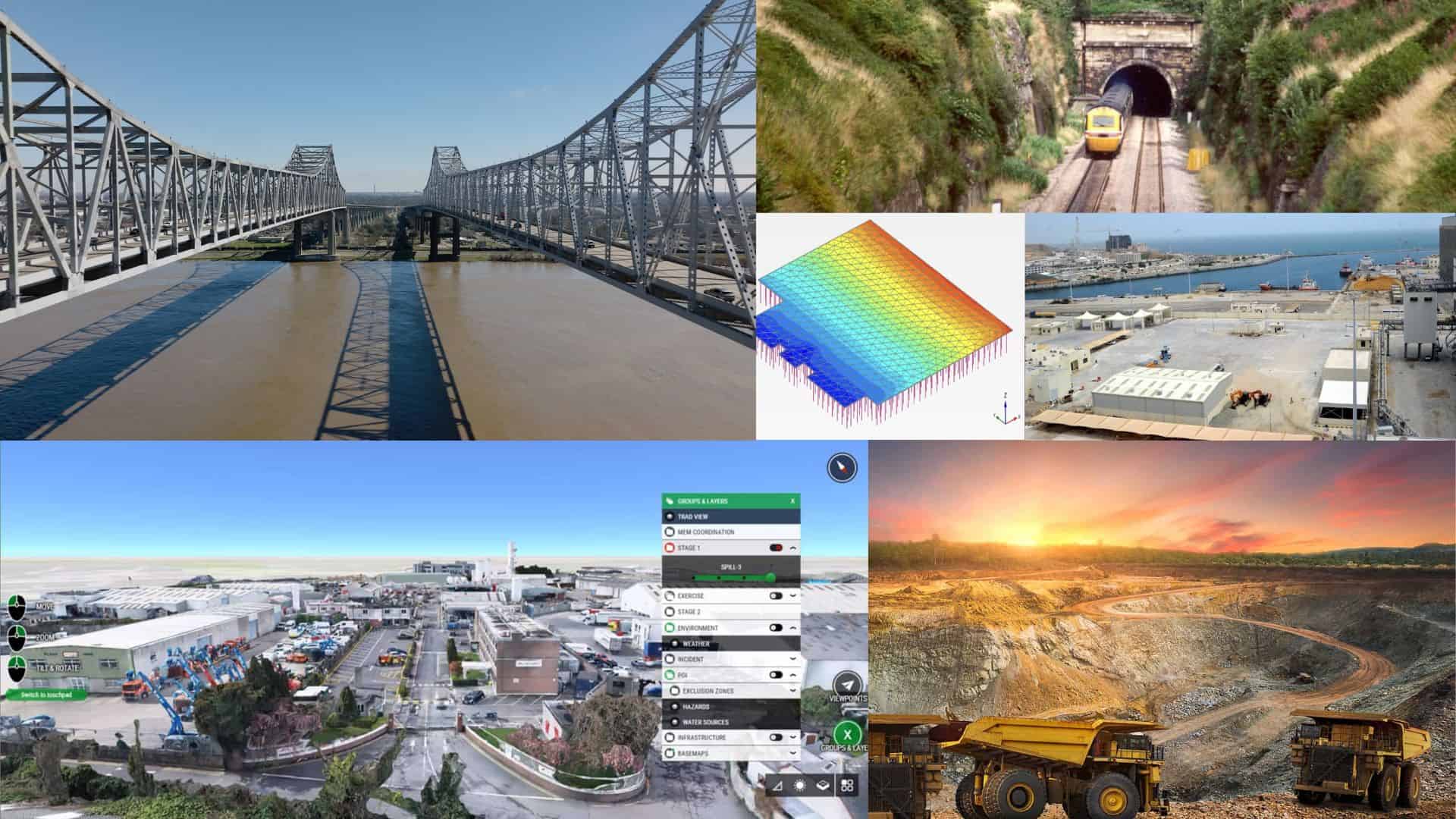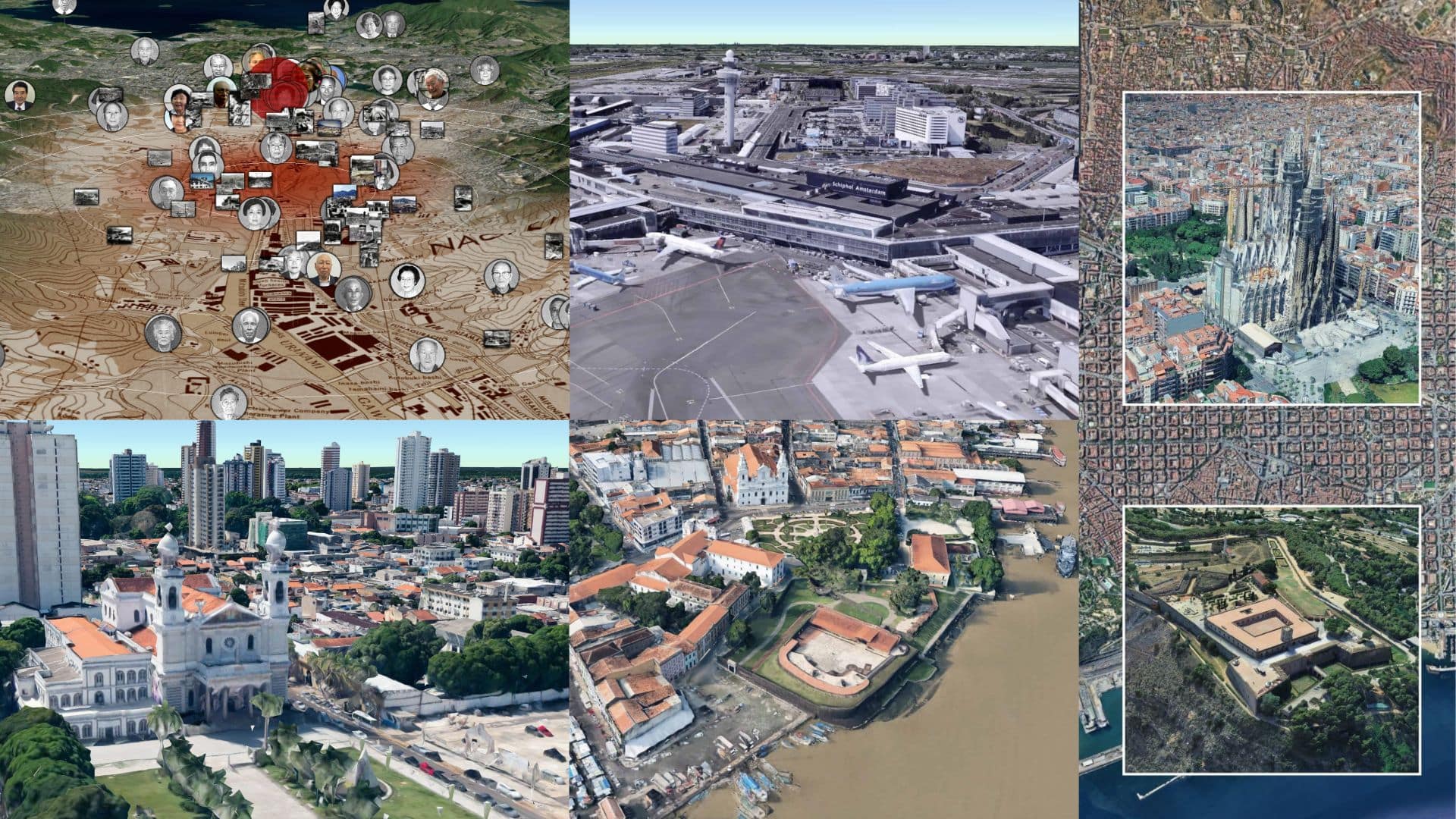Flooding inundated Porto Alegre, Brazil, in April when half of the region’s annual predicted rain fell in 10 days, damaging the city’s infrastructure and causing injuries and fatalities. Central and South Asia experienced a nasty double punch in May, when deadly flash floods hit Afghanistan and a heatwave in India topped 49°C in New Delhi – the highest temperature ever recorded in the city.
“Our critical infrastructure – roads, dams, bridges, energy generation and transmission – it’s all at risk because of extreme weather events fueled by climate change,” says Dr. Rodrigo Fernandes, director of Empowering Sustainable Development Goals (ES(D)G) at Bentley Systems. “The world is insufficiently prepared for what lies ahead.”
The urgency of protecting our infrastructure is not lost on world and industry leaders. Last year at the 28th United Nations Climate Change Conference (COP28) in Dubai, delegates established the $700 million Loss and Damage Fund to support the nations most affected by climate change. It’s a start, but experts say the task will eventually need hundreds of billions of dollars.
“Reducing greenhouse emissions is crucial, but that is no longer enough. Societies must adapt proactively to the new climate reality,” Fernandes says.
Bentley, a global infrastructure engineering software company, aims to help with this challenge. Bentley engineers have developed a suite of advanced digital tools, including digital twins and AI. They help architects, builders and operators enhance the design, construction, operation, and maintenance of key infrastructure – buildings, roads, bridges, and water and power systems – to make them more resilient.
A digital twin is a virtual replica of physical assets that allows for real-time monitoring and analysis of infrastructure conditions. It also provides real-time insights into performance and maintenance needs and can model future scenarios, including the long-term effects of climate change, to identify potential vulnerabilities.
“Climate adaptation hinges on making sure that our existing infrastructure can respond to climate shocks,” Fernandes says. “Digital twins and simulations, AI and other digital tools are now essential to achieve these outcomes.”
The UN calls climate change “primarily a water crisis” and forecasts that over half of global spending on climate adaptation will be channeled into water infrastructure. Bentley software can help increase climate resiliency and has been pivotal in some of the world’s largest water management projects.
Building drought resiliency
Consider the EchoWater Project, a billion-dollar upgrade to the existing Sacramento Regional Wastewater Treatment Plant in California, a state that has battled both droughts and floods in recent years. Located on the outskirts of Sacramento, EchoWater is one of the largest agricultural water recycling plants in California. It can treat 135 million gallons of wastewater per day, enough to fill more than 200 Olympic-sized swimming pools.
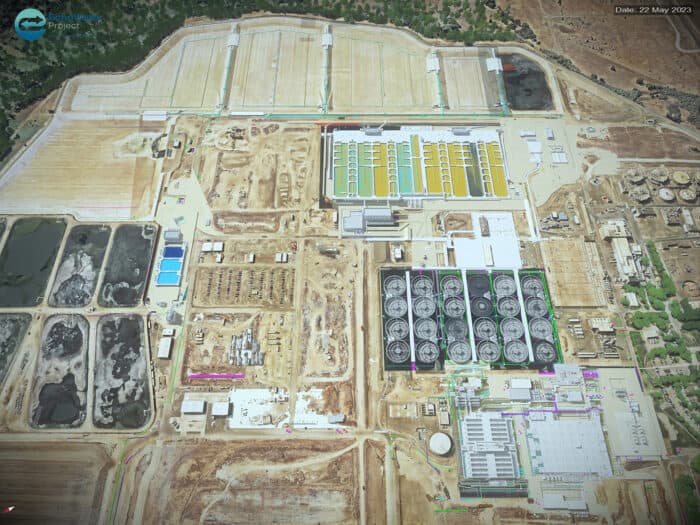 Project Controls Cube created a digital twin of the EchoWater facility to prepare for and carry out all the tasks, identifying problems in advance and working in real time. Courtesy of Regional San
Project Controls Cube created a digital twin of the EchoWater facility to prepare for and carry out all the tasks, identifying problems in advance and working in real time. Courtesy of Regional SanThe region grows a variety of crops, including thirsty ones like tomatoes, almonds and rice. However, a multiyear drought meant that the west-side of the Sacramento Valley left nearly 80% of its farmland – about 600 square miles (enough land for 200,000 soccer fields) – unplanted in 2022. EchoWater promises to revitalize the region’s water supply, including waterways and groundwaters, which are also running low due to pumping for crop irrigation.
Using Bentley’s digital twin and simulation software, the firm Project Controls Cubed modeled and scheduled the vast engineering work, which was a mosaic of 22 separate projects. “By orchestrating the work using an online visual environment, updated in real time, all the teams involved shared fantastic situational awareness and were always working with the latest information,” Fernandes says. “That’s how they came to complete the plant on deadline – and $400 million under budget.”
Reliable water for all
Water system resiliency comes in many forms. Central India’s holy city of Ayodhya, on the banks of the River Sarayu, is said to be the birthplace of the Hindu deity Rama. Pilgrims reliably pour through the city, but the same couldn’t always be said for its clean water supply. The flow in Ayodhya’s water network was primarily powered by gravity through a haphazard mix of aging and leaky pipes and tanks, with nearly half its water escaping unaccounted for. During some parts of the day, clean water was not available – which was of particular concern for a hot city looking to keep its crowds of thirsty visitors supplied with water.
Geoinfo Services, which uses Bentley software, was tasked with resolving the issue through a combination of pipe repair, water tank removal and pump installation to create an always available and reliable system with good water pressure. Teams utilized Bentley software to make a digital twin of the entire network using existing flow and sensor data, which allowed them to determine where repairs and pumps would be most effective. As a result, they deployed energy efficient pumps that adjust to the rhythms of demand and water pressure in the system. With the new pumps in place and the digital twin being used to monitor system and guide maintenance, the people visiting and living in Ayodhya now have reliable access to drinking water at any time of the day.
 Geoinfo Services generated a hydraulic model and digital twin of the 24-hour supply scheme in Ayodhya, India. Courtesy of Geoinfo.
Geoinfo Services generated a hydraulic model and digital twin of the 24-hour supply scheme in Ayodhya, India. Courtesy of Geoinfo.Holding back the flood
In a warming world, the problem won’t always be the lack of water, but holding it back. Dams are frequently mentioned as examples of aging water infrastructure, and by 2050, the majority of people on Earth will live downstream of a large dam already operating at or beyond its design life. Extreme weather events intensified by climate change can make matters worse. The good news is that digital twins can help here, too.
Built over half a century ago, the New Bullards Bar Dam is a hydropower facility in California that stands as a testament to enduring engineering, rejuvenated with digital technology. The Yuba Water Agency used Bentley’s digital twin technology, incorporating data from drone surveys and automated sensors, to enable real-time structural assessment of the dam and the automatic detection of small cracks.
“Our 3D digital twins are so complete, a technician in another part of the world could closely examine the facility in an immersive virtual experience while being provided with insights from our AI analytics systems,” Fernandes says.
Now, Yuba Water can immediately evaluate the dam’s condition during extreme weather and after earthquakes to help avert a potential disaster.
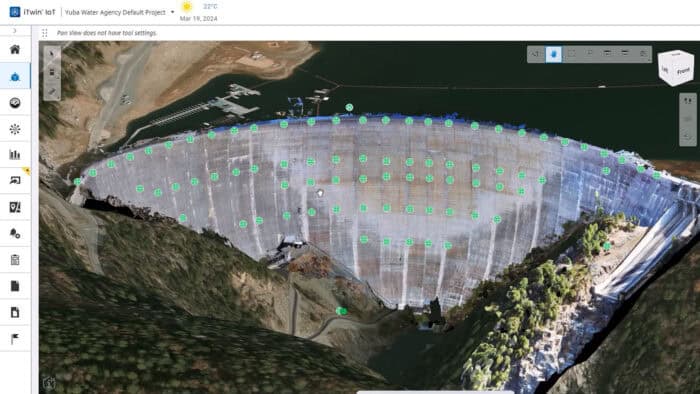 The Yuba Water Agency implemented a new monitoring system that is remotely operated and collects data from 83 sensors installed across the face of the dam. That data is transmitted back to the cloud-based iTwin IoT platform. Courtesy of Yuba Water Agency.
The Yuba Water Agency implemented a new monitoring system that is remotely operated and collects data from 83 sensors installed across the face of the dam. That data is transmitted back to the cloud-based iTwin IoT platform. Courtesy of Yuba Water Agency.Data grows on trees
“We apply digital twins to dams and other conventional infrastructure, but sometimes, environmentally minded users of our technology come up with completely original ideas,” Fernandes says. Take the trees in Mendoza, Argentina. In the world’s hotter cities like Medoza, where summer temperatures can top 44 Celsius (111 Fahrenheit). Trees are a crucial provider of shade that can prevent urban heat islands and reduce heat-related deaths.
During the COVID-19 pandemic, Mendoza’s local administrators commissioned a city-scale digital twin to remotely manage its green infrastructure. After taking millions of photos all around the city with a camera car, the company GenMap used Bentley tools to create a digital twin that geolocated and recorded the dimensions of every tree and its surrounding roads and sidewalks. Urban planners used it to quickly assess the health of individual trees, understand the beneficial effects of the total tree canopy, and organize their care plan.
 Creating a digital twin of Mendoza’s green infrastructure enabled GenMap to study, classify and analyze more than 600,000 trees. Courtesy of GenMap
Creating a digital twin of Mendoza’s green infrastructure enabled GenMap to study, classify and analyze more than 600,000 trees. Courtesy of GenMapWhile this novel use of Bentley technology is a literal case of data growing on trees, it also illustrates the powerful combination of a sustainability mindset with digital twin technology. For climate adaptation efforts, it’s a technology whose time has come, Fernandes says.
“Just five years ago, it wasn’t possible to combine extensive data sources and extract insights at this scale,” he says. “The marriage of digital twins and AI is a game-changer that will help societies develop the necessary behaviors for a climate-resilient future.”

